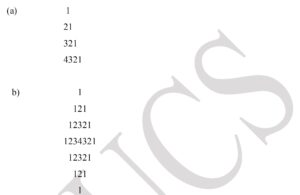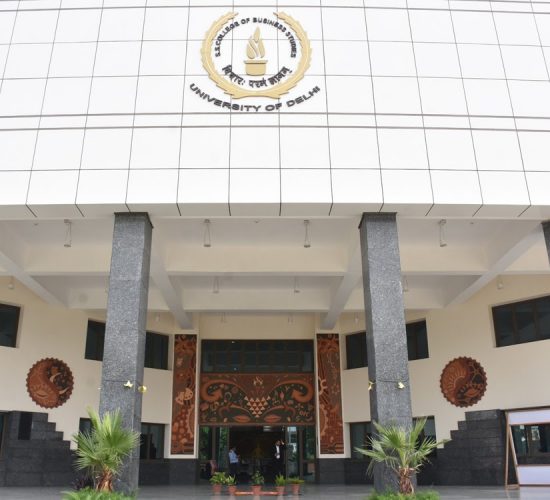Grade "A+" Accredited by NAAC with a CGPA of 3.46
This course is designed as the first course that introduces computers and programming to non-Computer Science students. The course focuses on the use of computer and programming to solve problems of different domains. It also introduces the concept of object- oriented programming.
At the end of the course, students should be able to:
Unit 1
Computer Fundamentals and Problem Solving: Basic Computer Organization: CPU, memory, I/O Units. Problem solving using computer, notion of an algorithm.
Unit 2
Introduction to Python Programming: Python interpreter/shell, indentation; identifiers and keywords; literals, numbers, and strings; operators (arithmetic operator, relational operator, Boolean operator, assignment, operator, ternary operator and bitwise operator) and expressions.
Unit 3
Creating Python Programs: Input and output statements, defining functions, control statements (conditional statements, loop control statements, break, continue and pass, exit function.), default arguments, errors and exceptions.
Unit 4
Strings and Lists: String class, built-in functions for string, string traversal, string operators and operations; Lists creation, traversal, slicing and splitting operations, passing list to a function.
Unit 5
Object Oriented Programming: Introduction to Classes, Objects and Methods, Standard Libraries, File handling through libraries.
Unit 6
Built-in data structures: Tuples, sets, dictionary, stacks, and queues; searching and sorting.

Guttag, J.V. (2016). Introduction to computation and programming using Python. 2nd edition. MIT Press.
Taneja, S., Kumar, N. (2018). Python Programming- A modular Approach. Pearson Education India.
Kamthane, A. N., & Kamthane, A.A. (2017) Programming and Problem Solving with Python, McGraw Hill Education.
Liang, Y. D. (2013). Introduction to Programming using Python. Pearson Education.
Use of ICT tools in conjunction with traditional class room teaching methods
Interactive sessions
Class discussions
Written tests, assignments, quizzes, presentations as announced by the instructor in the class
Computer Hardware Organization, Problem solving for computer programming, Object oriented programming, Python.
Disclaimer: Details on this page are subject to change as per University of Delhi guidelines. For latest update in this regard please refer to the University of Delhi website here.
| Cookie | Duration | Description |
|---|---|---|
| cookielawinfo-checkbox-analytics | 11 months | This cookie is set by GDPR Cookie Consent plugin. The cookie is used to store the user consent for the cookies in the category "Analytics". |
| cookielawinfo-checkbox-functional | 11 months | The cookie is set by GDPR cookie consent to record the user consent for the cookies in the category "Functional". |
| cookielawinfo-checkbox-necessary | 11 months | This cookie is set by GDPR Cookie Consent plugin. The cookies is used to store the user consent for the cookies in the category "Necessary". |
| cookielawinfo-checkbox-others | 11 months | This cookie is set by GDPR Cookie Consent plugin. The cookie is used to store the user consent for the cookies in the category "Other. |
| cookielawinfo-checkbox-performance | 11 months | This cookie is set by GDPR Cookie Consent plugin. The cookie is used to store the user consent for the cookies in the category "Performance". |
| viewed_cookie_policy | 11 months | The cookie is set by the GDPR Cookie Consent plugin and is used to store whether or not user has consented to the use of cookies. It does not store any personal data. |

